Herculaneum is not as large as Pompeii: it can be visited quite thoroughly in about 2 hrs.
The first approach is spectacular: the ancient town sits at the bottom of an archaeological hole about 60 feet deep. From the top, you can see the entire excavated area at once, dominated by the impressive silhouette of Mt. Vesuvius in the background: a stunning view and a great photo opportunity!
At the very bottom lays the marina, where about 300 human skeletons were found with a fossilized boat and some fishing tools.
Crossing a modern bridge, we will start to discover the garden of the “House of the Albergo”, where quince trees were replanted following the evidence of carbonized roots of these ancient fruit trees.
Our next stop is the Council Hall of the Augustali, where you can admire beautifully preserved frescoes depicting Hercules.
You will visit the House of Neptune and Amphitrite, to see the wonderful mosaics decorating the outdoor ‘biclinium’ (dining room); this was probably the house of a merchant. In fact, it was related to a shop with its counter, containers for food and wine, and wooden shelves carbonized still hanging on the walls!
Then you will discover the Bath House (an ancient Spa), still covered with mosaics. It will introduce you to the world of Roman Daily Care and social life: a gym, a changing room, a tepid room, a hot room, and at last a cold tub.
Nearby, the Grande Palestra – a large outdoor Gym – is a glorious public sporting place. It remains buried for about three-quarters, but we can move underground into the cross-shaped pool. It feels like being an archaeologist moving under the volcanic couch.
Not to be missed is at least one of the nearly intact private houses, according to availability, where we can admire luxurious mosaics, frescoes, and statues.
In between the visits, if you wish, we can stop for a light lunch. Or take a longer break at a lovely vineyard on the slopes of Mt Vesuvius within the National Park. Please ask us for recommendations and reservations.
Once at Pompeii, you will first admire the city walls, dating back to the pre-Roman Pompeii (4 centuries BC). One of the best-preserved ancient gates is called Porta Marina which connected Pompeii and the port, with a path for charts and one for people.
Right before this gate, a not-to-be-missed building is the Suburban Bath House, recently excavated and therefore very well preserved.
Once in town, you will be walking on the original road made of basalt stone (a volcanic rock). On the ground hundreds of little white spots made of travertine used to reflect torchlight (this is what nowadays people call “cat’s eye”).
Your attention will be caught by big blocks of basalt emerging from the road: they were stepping stones used by pedestrians to avoid getting wet when it rained; differently from other Roman towns, Pompeii didn’t have a complete sewer system because the city was built on top of a lava platform too hard to be worked.
City-center was called Forum. It hosts all the buildings with a public function: Religion (the Temple of Apollo, the Capitolium, and the Temple of the Emperor), Trade (the meat and fish market called Macellum, the textiles market headed by a priestess called Eumachia), Administration (the Basilica) and Politics (Comitium). Other facilities in the Forum were exchange offices, public restrooms, and a public scale (tabula mensurae) where to compare and weigh farmer’s products. In the Forum, you will also see a display of the famous human casts.
Close to the Forum, there were public Bath-Houses where both men and women (in different sections), poor and wealthy, and free and slaves could access daily hygiene. Pompeii had three such complexes in town, plus two right outside town. They all had the following facilities: a changing room (apodyterium), a tepid room (tepidarium), a hot room (calidarium) and a Gym (Palestra).
You will notice several places fronting the road with large vases built in a masonry counter: this is what the Romans called popinae, today’s taverns! These jars were full of food and beverages, and many ancient Pompeians would stop in such places for lunch.
You will recognize some of the bakeries of Pompeii, with their ovens and grinding machines: incredible but true, some round carbonized loaves of bread were found during the excavations. These finds are on exhibit at the Archaeological Museum of Naples with more carbonized organics such as almonds, pine cones, figs, dates, etc.
If you wish we can also explore the Brothel (Lupanare). There you can an interesting display of Roman frescoes featuring several erotic images! If the famous Lupanare is too busy with visitors, we can also see erotic frescoes at the Suburban Bath-House.
Do not miss the chance to discover Pompeii’s places for public performances: an outdoor Theater (for comedy and tragedy), an indoor theatre (Odeion, for mimes and declamation of poetry), and a big amphitheater (for games like gladiators or beast fights). You shall visit at least one of those places.
After the tour at Pompeii if you wish you can stop for a few minutes for a fresh-squeezed orange juice or to browse the souvenir shops.
Also available upon request is a stop to one of several cameo factories along the road. It is a still-living ancient Roman tradition consisting of the carving of precious and semi-precious stones and corals.
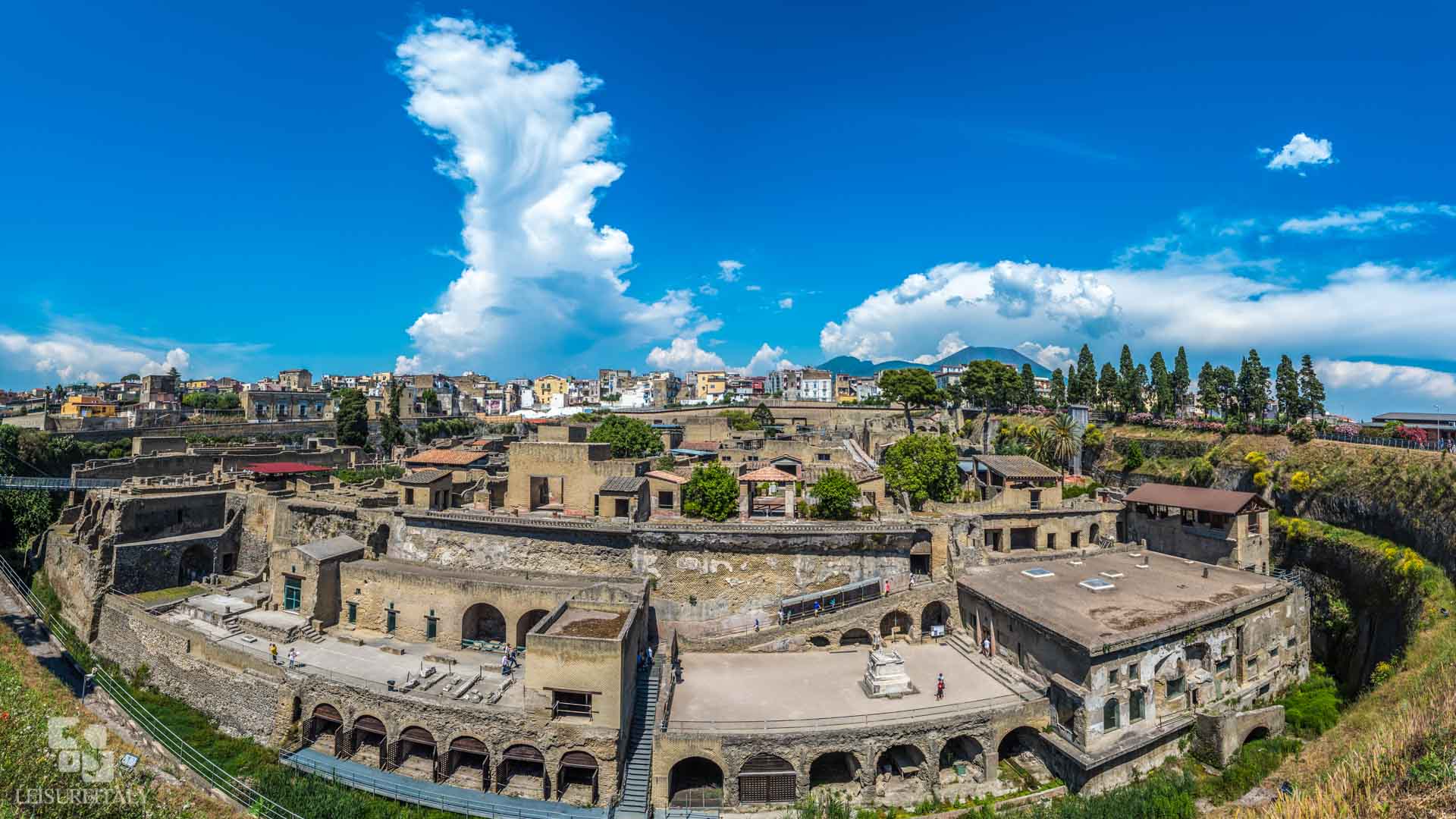
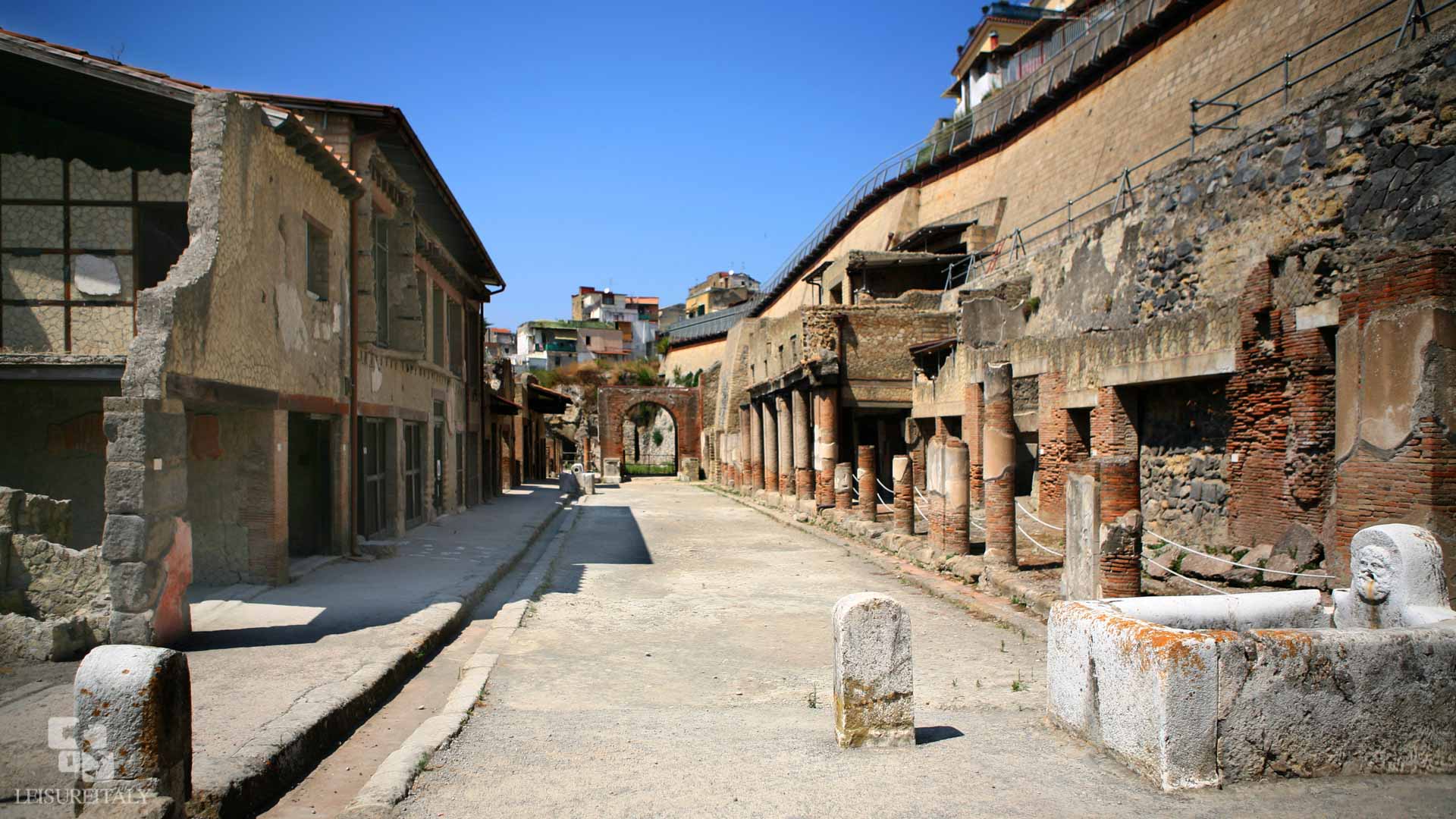
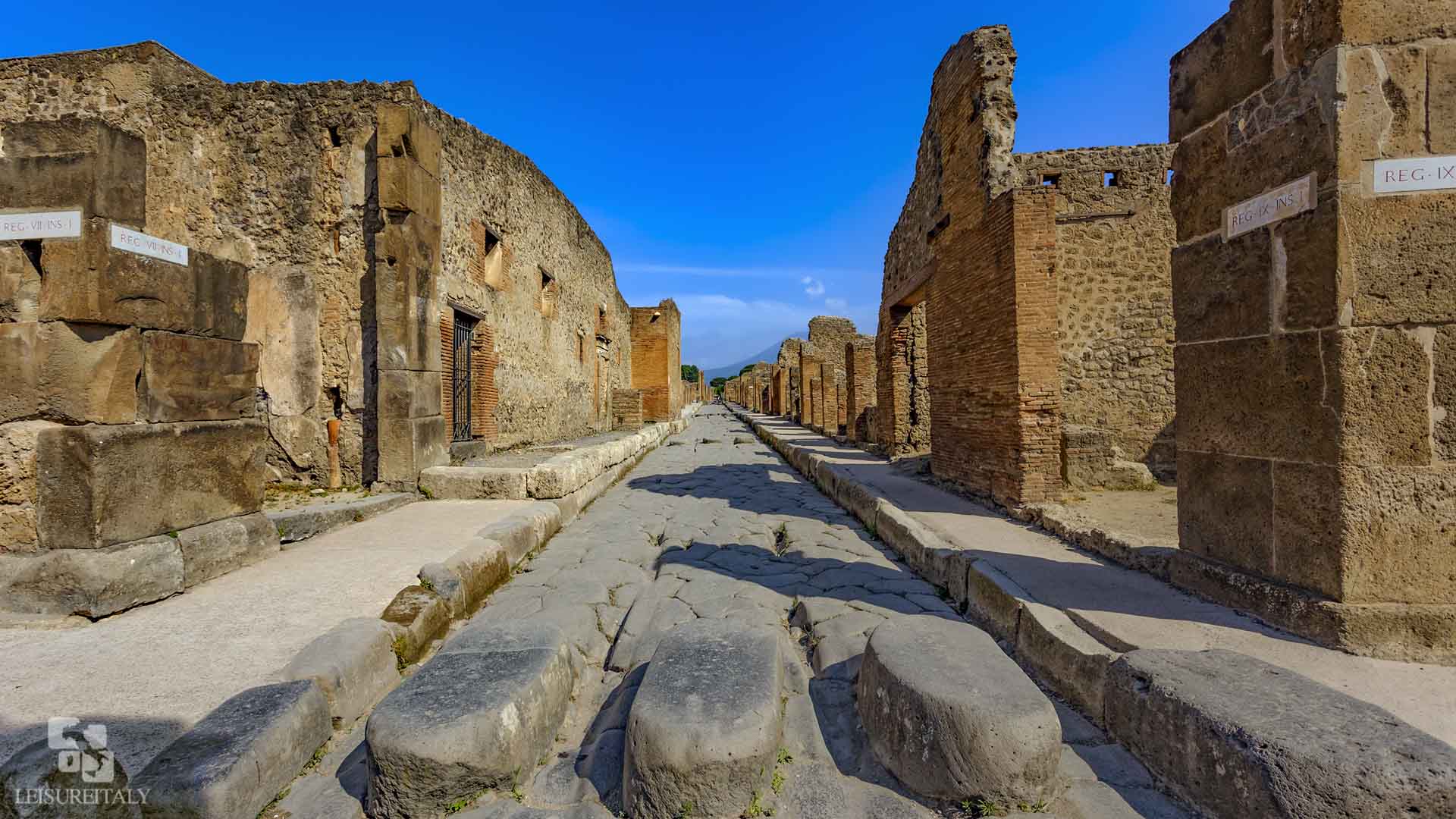
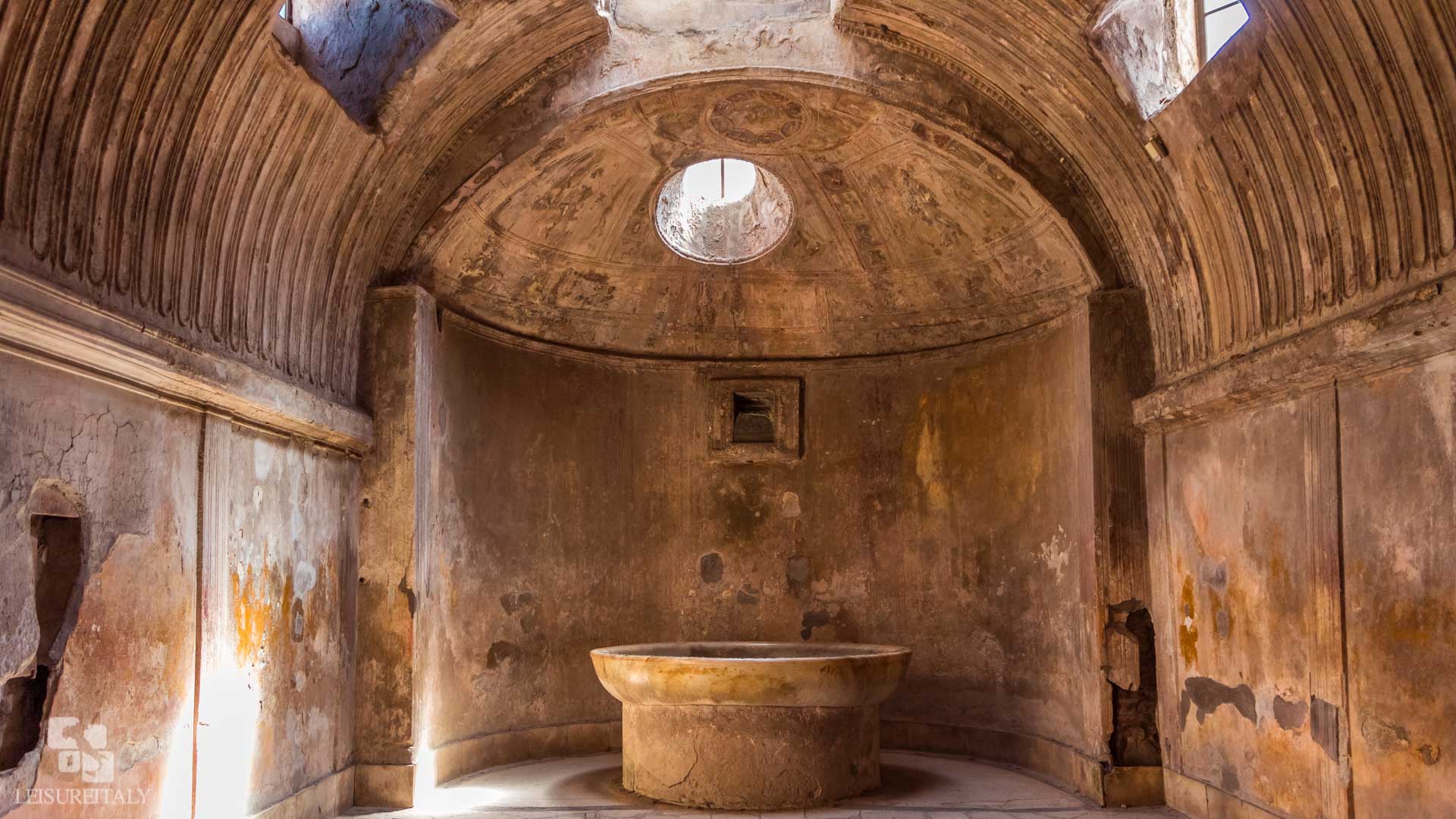
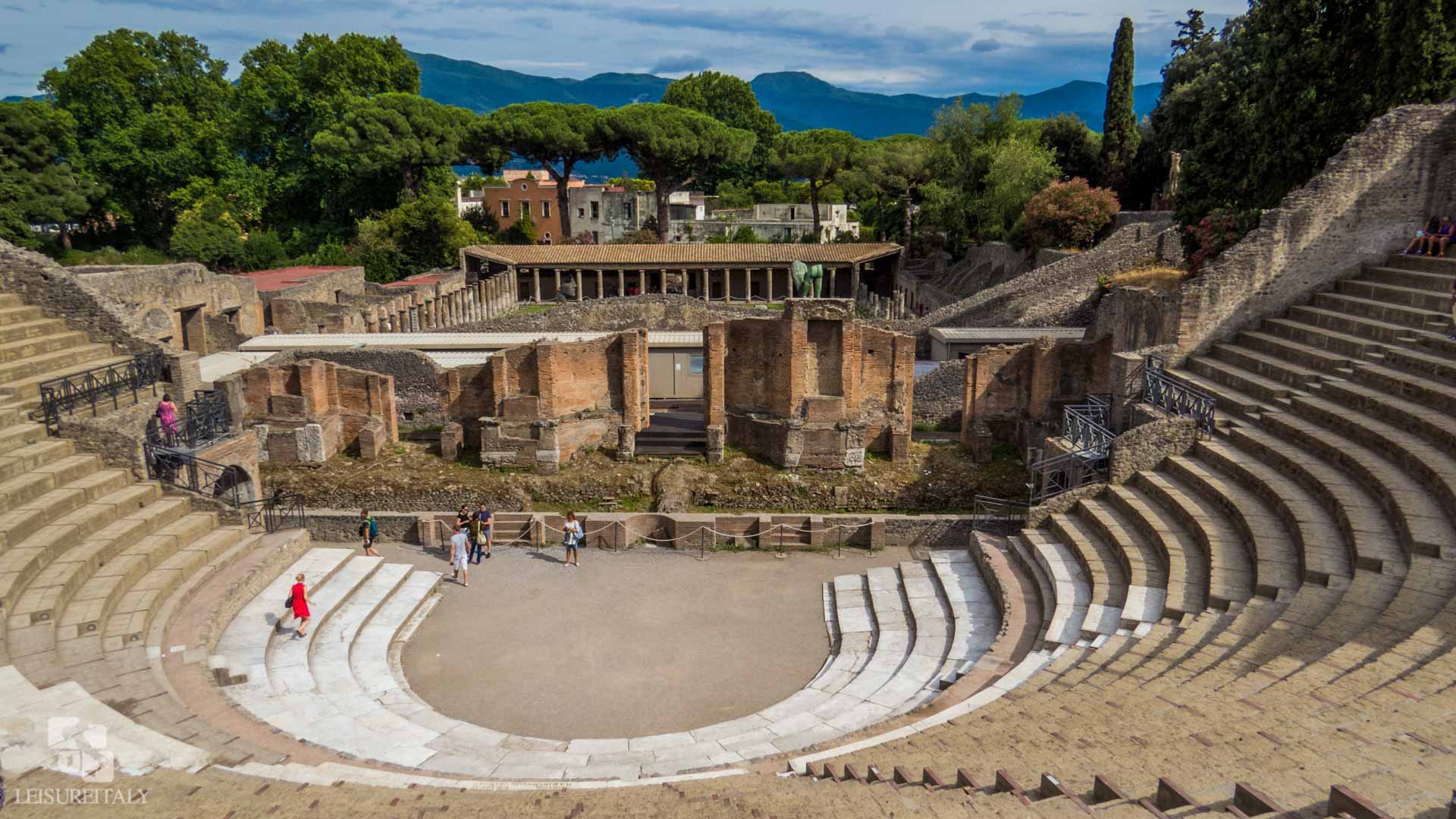
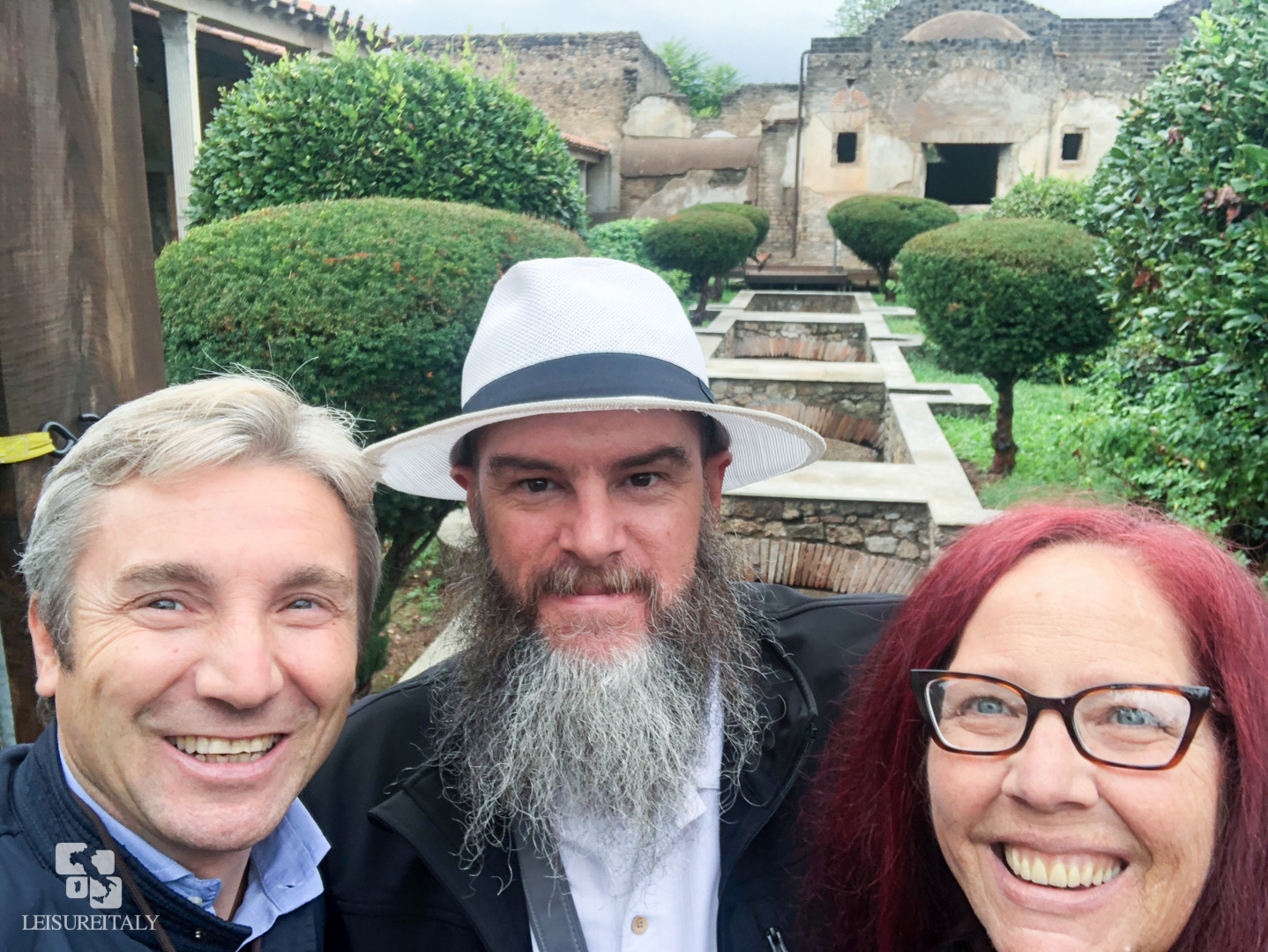
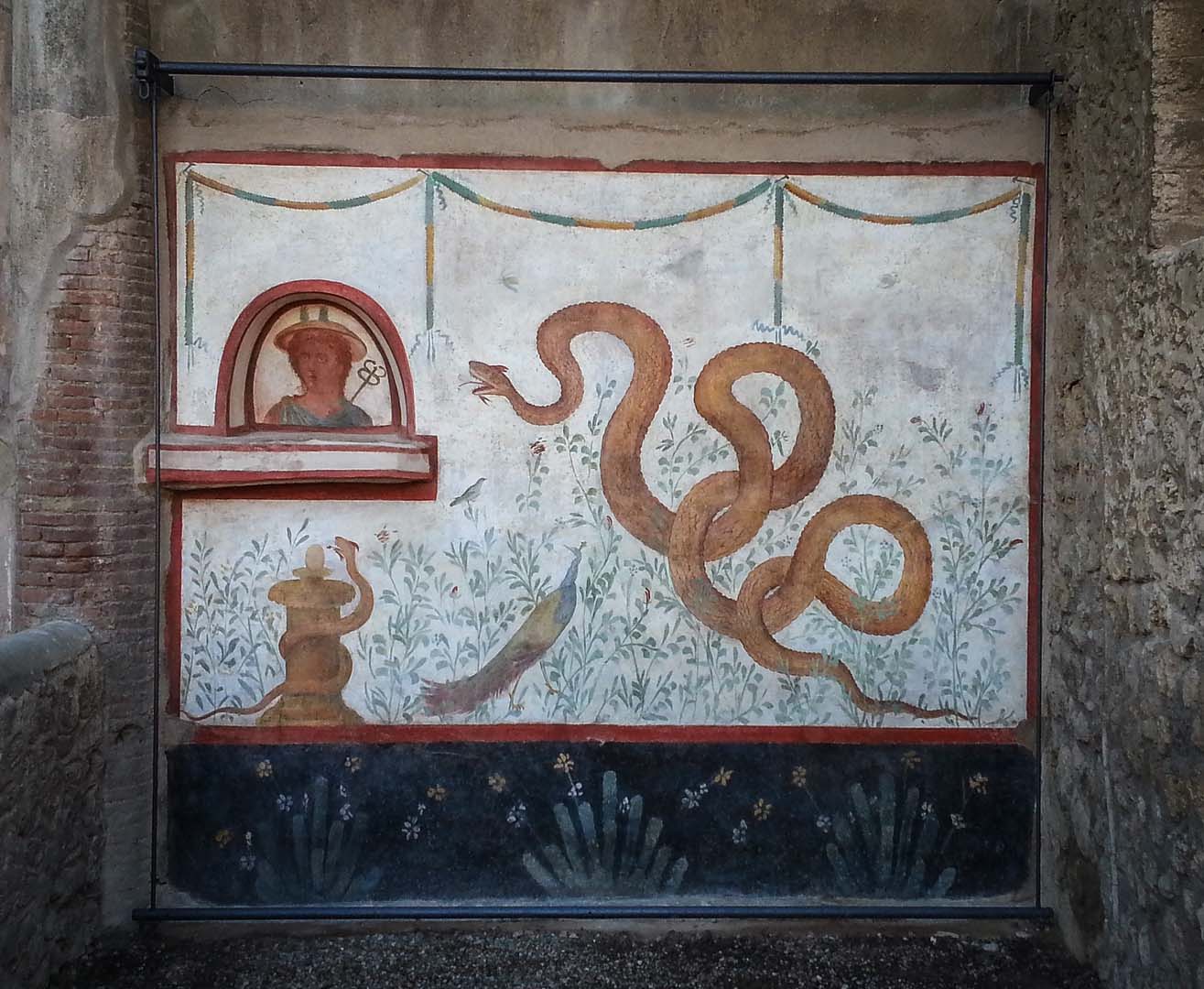
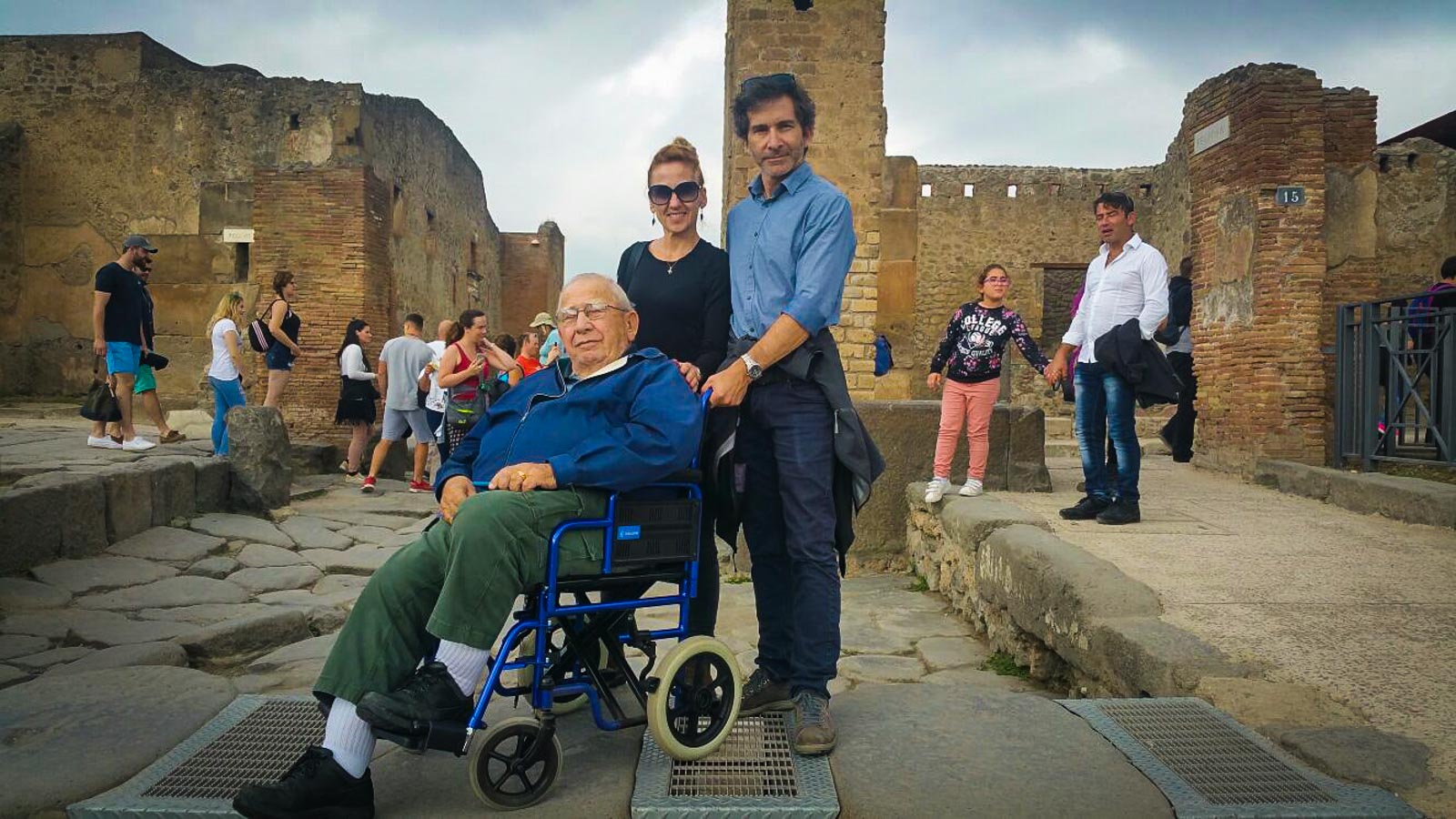
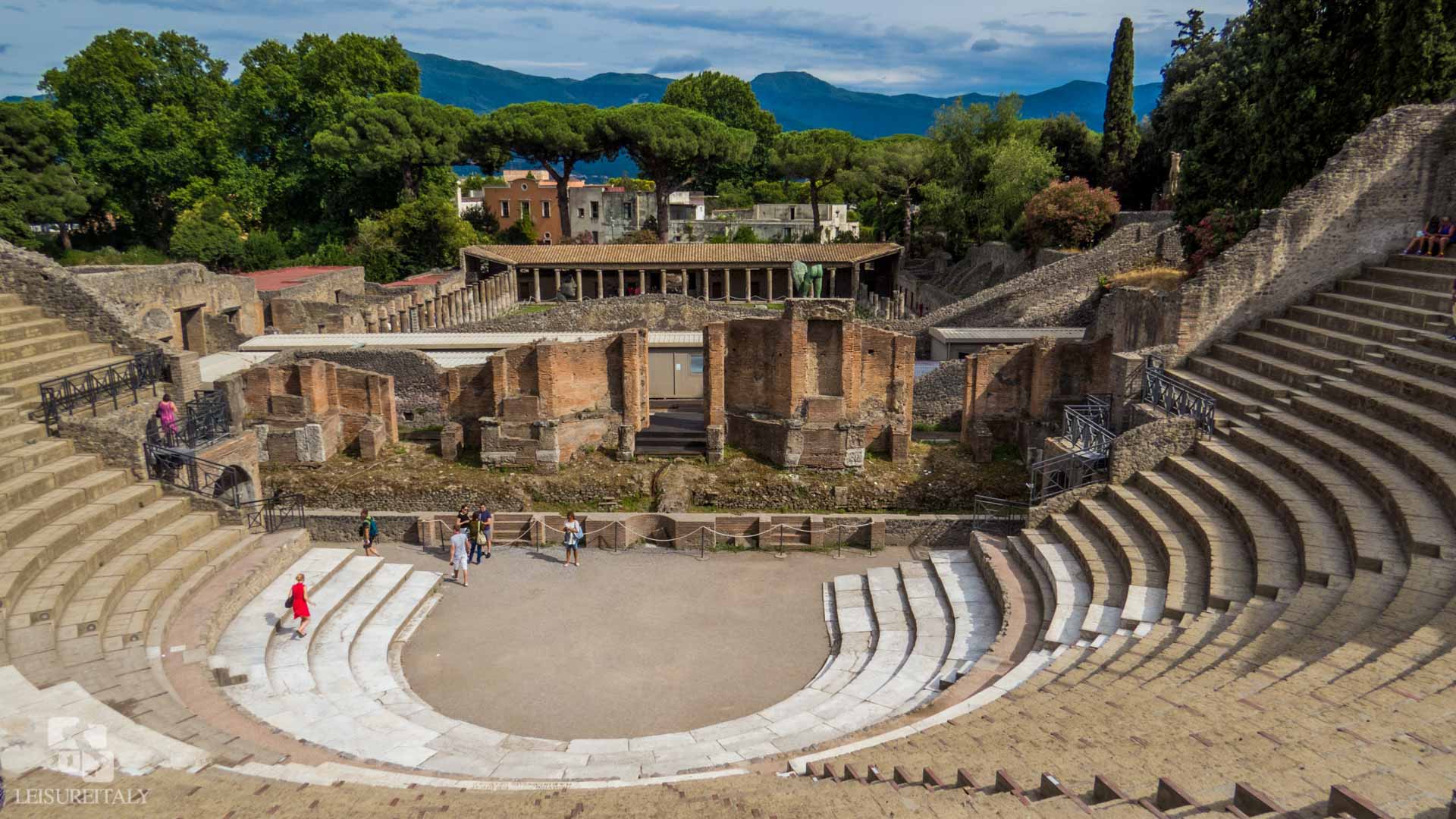
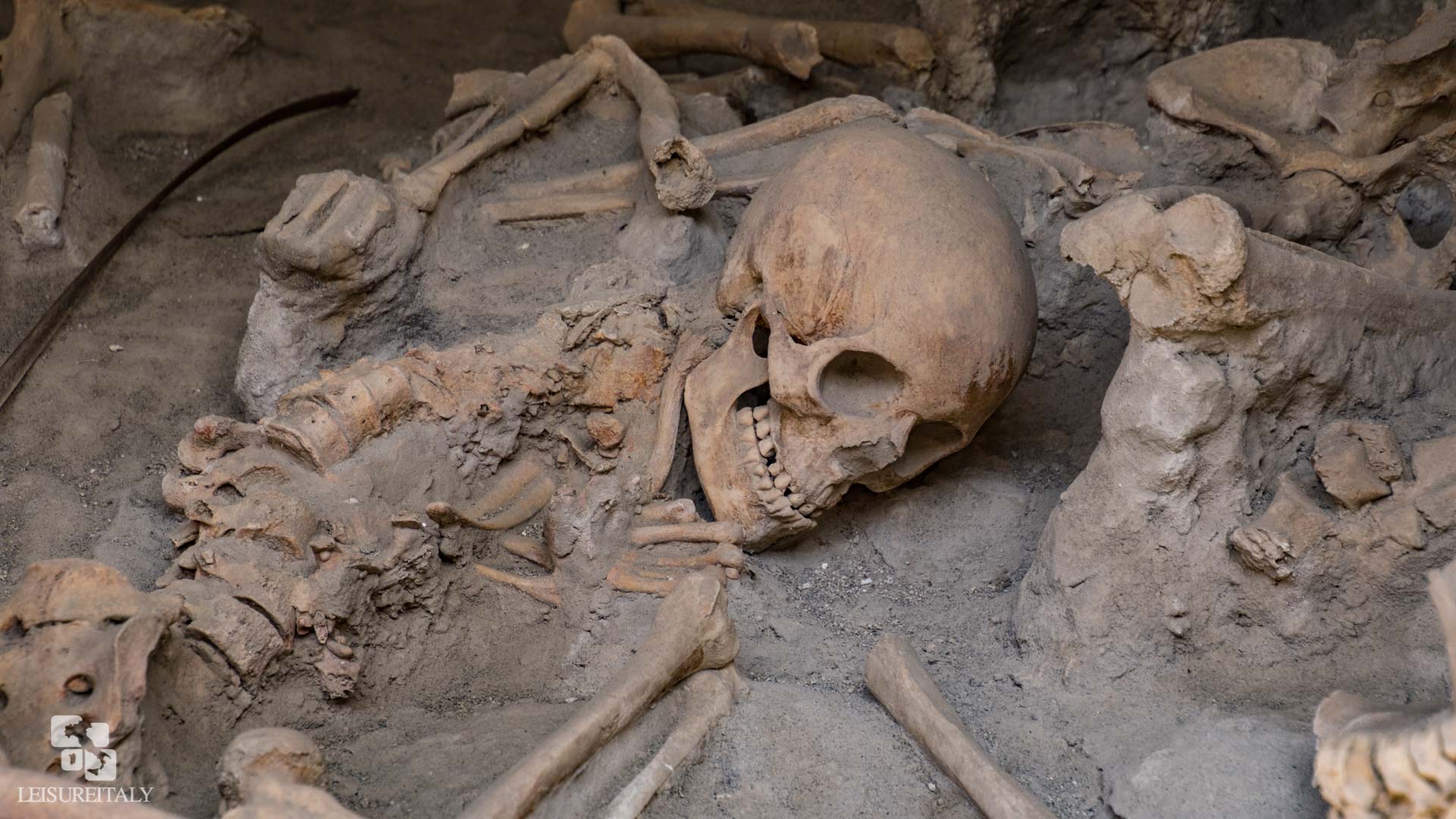
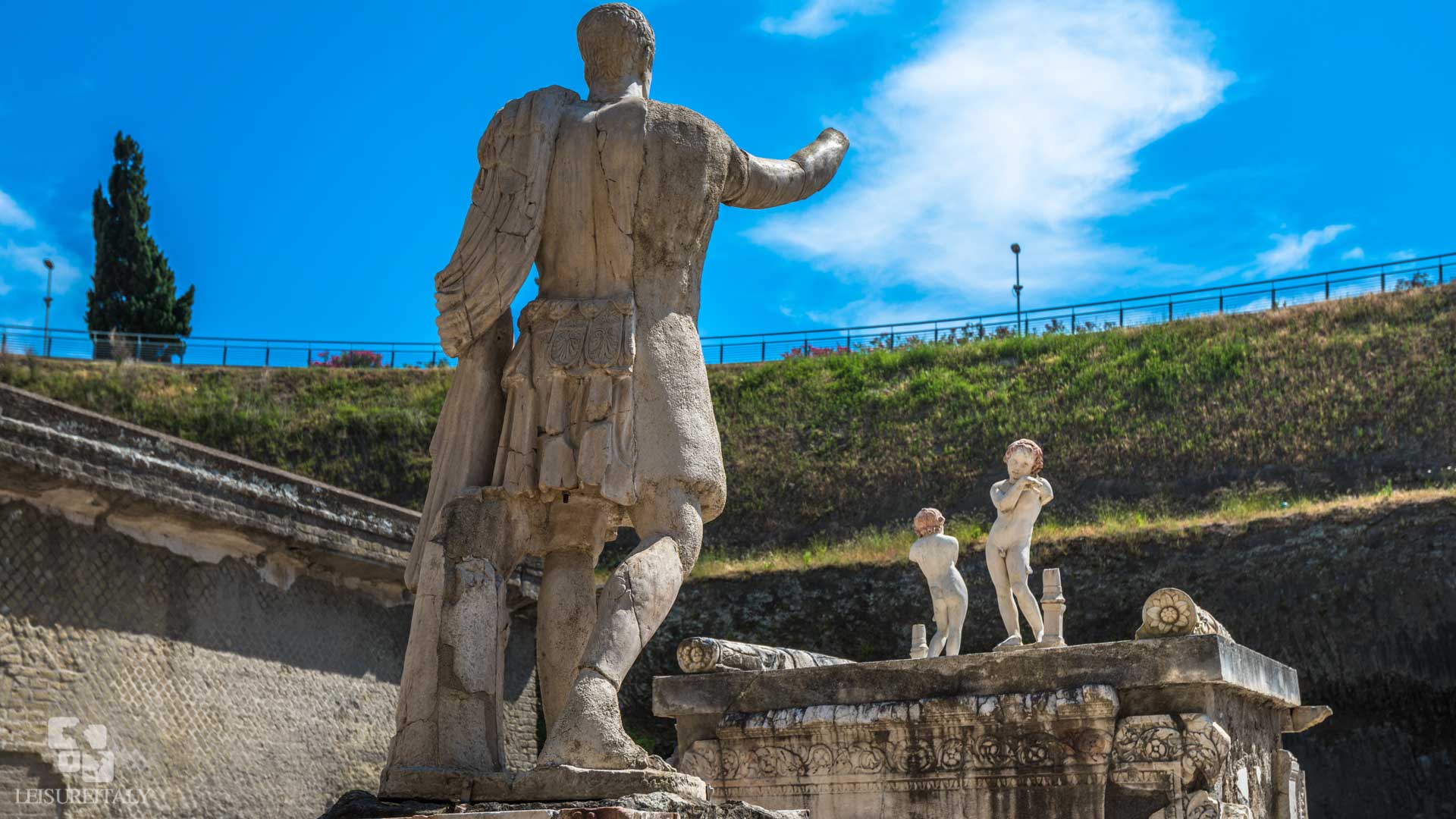
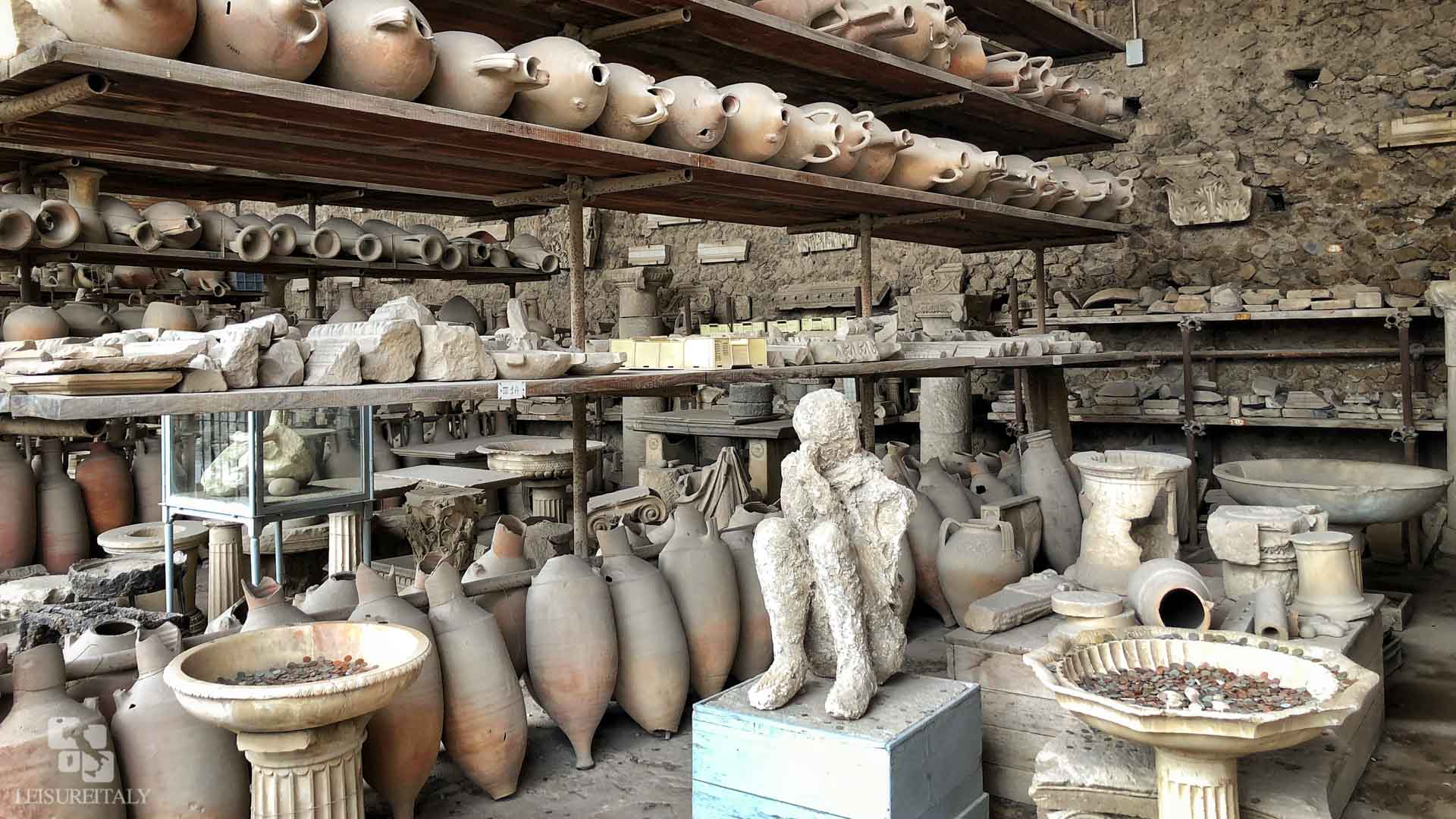
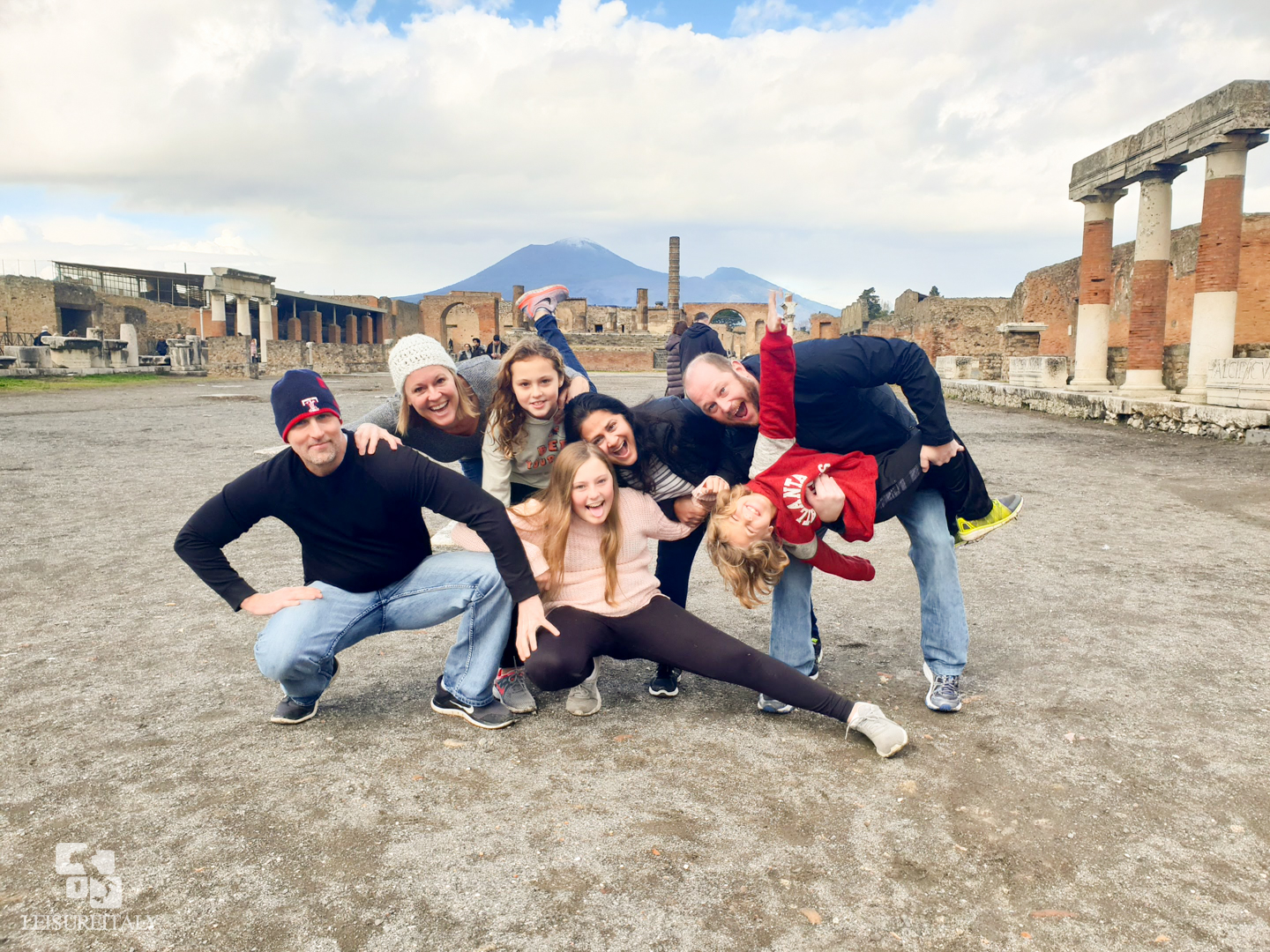
Tour Reviews
Guiseppe was a guide extraordinare. He displayed excellent local knowledge about the Pompei and Herucleum sites down to the last detail, from the grand villas to the daily lives of the ordinary people who lived there, and was happy to answer all of my questions even the most banal!. He also gave us great advice on visiting the Museum of Archaeology in Napoli (absolutely worth a visit) and even the best pizza place in Naples. Plus he will humor you on your attempts at Italian (saying this for a friend 🙂
We had the most magical day with Giuseppe, our guide. He was extremely knowledgeable, spoke excellent English, and was very punctual, kind and considerate. We enjoyed the Pompeii tour so much that we booked him for the next day for a private walking tour of Naples and the archaeological museum as well!
Would recommend Leisure Italy and Giuseppe 100%. Worth every penny.